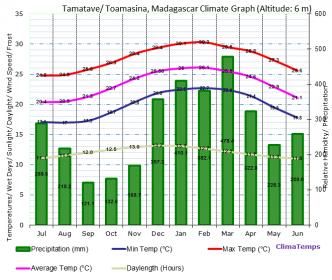Motherlode Chameleon
Chameleon Enthusiast
True...but what year did the Le Berre and Bartlett books come out?
It is not a book though it is supposed to be a current study of current circumstances.
Not a bad price for those Parsons. Does not say if they come with CITES paperwork.







